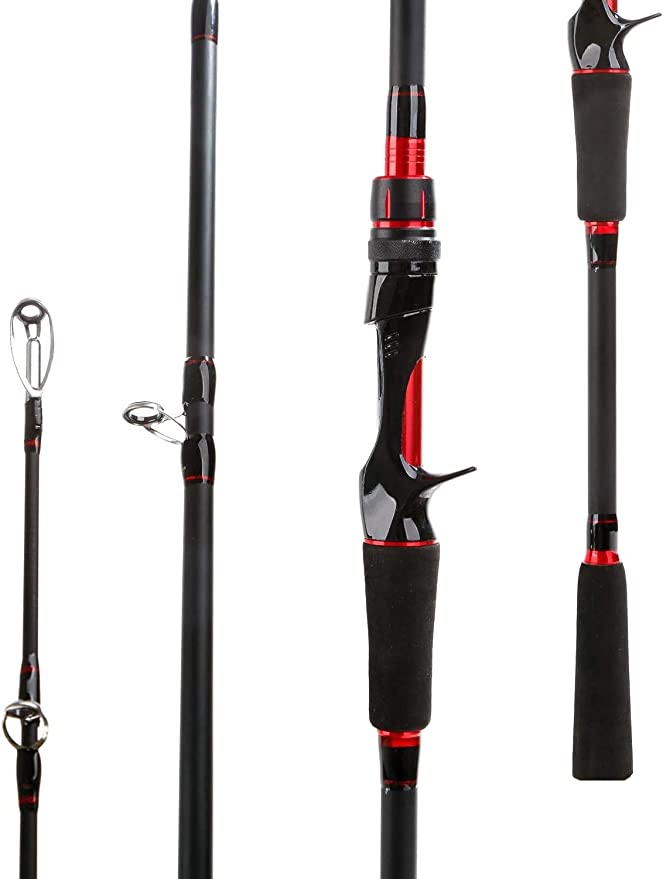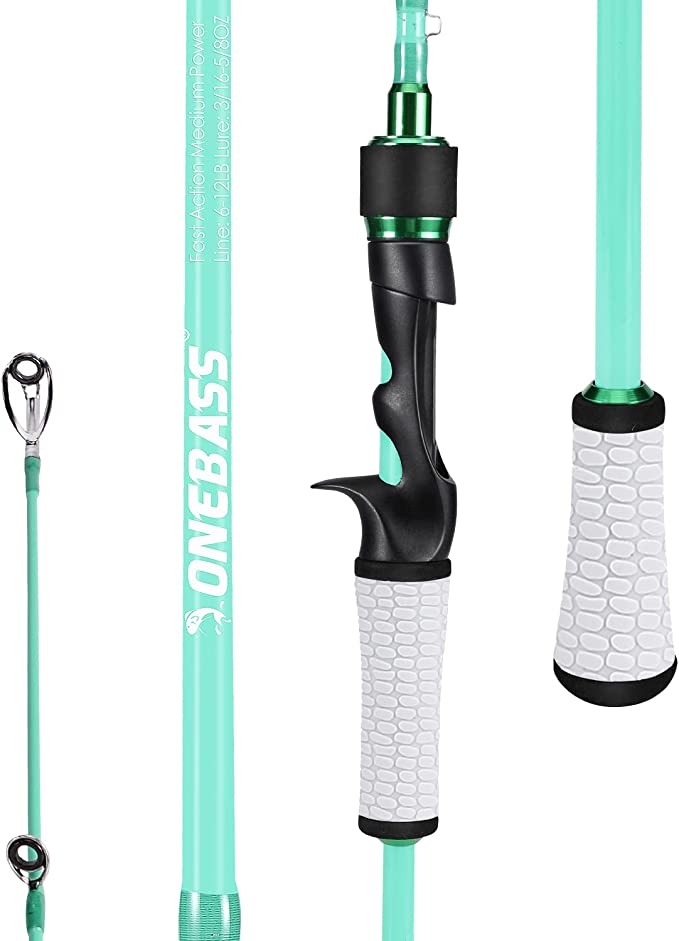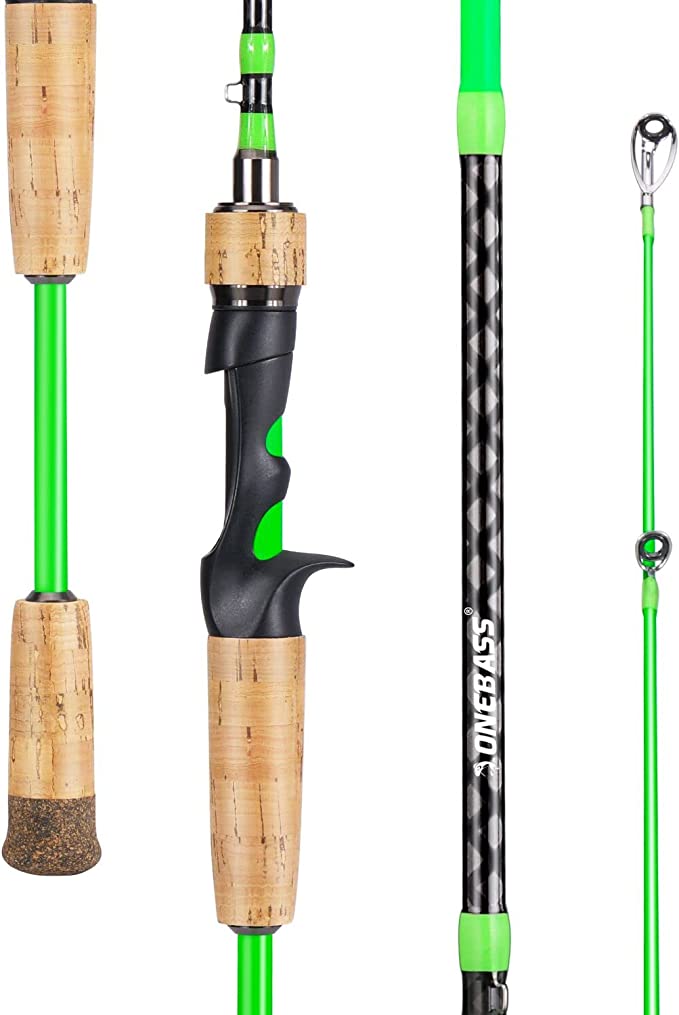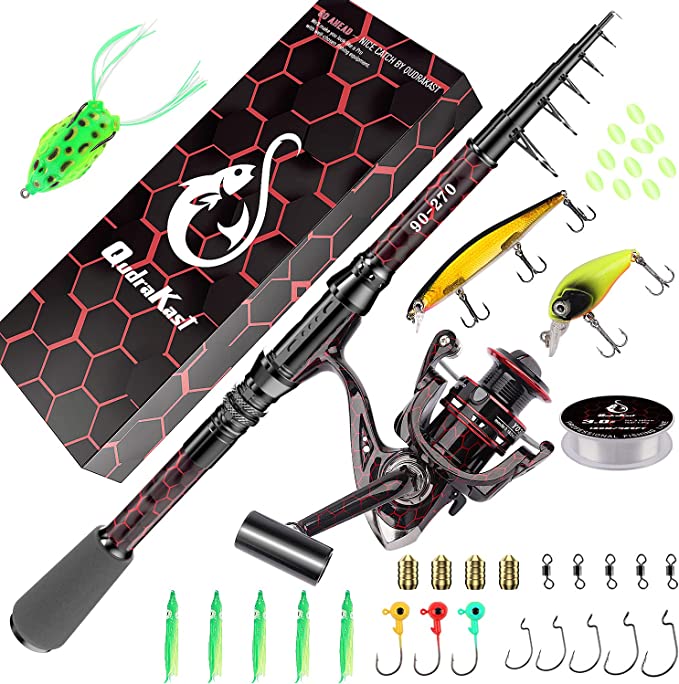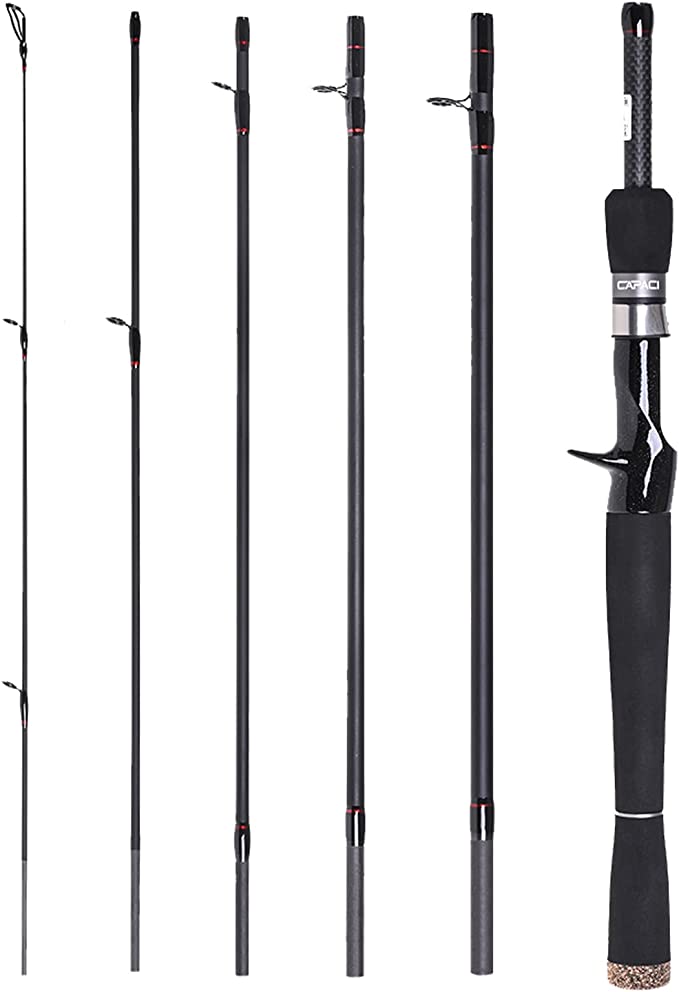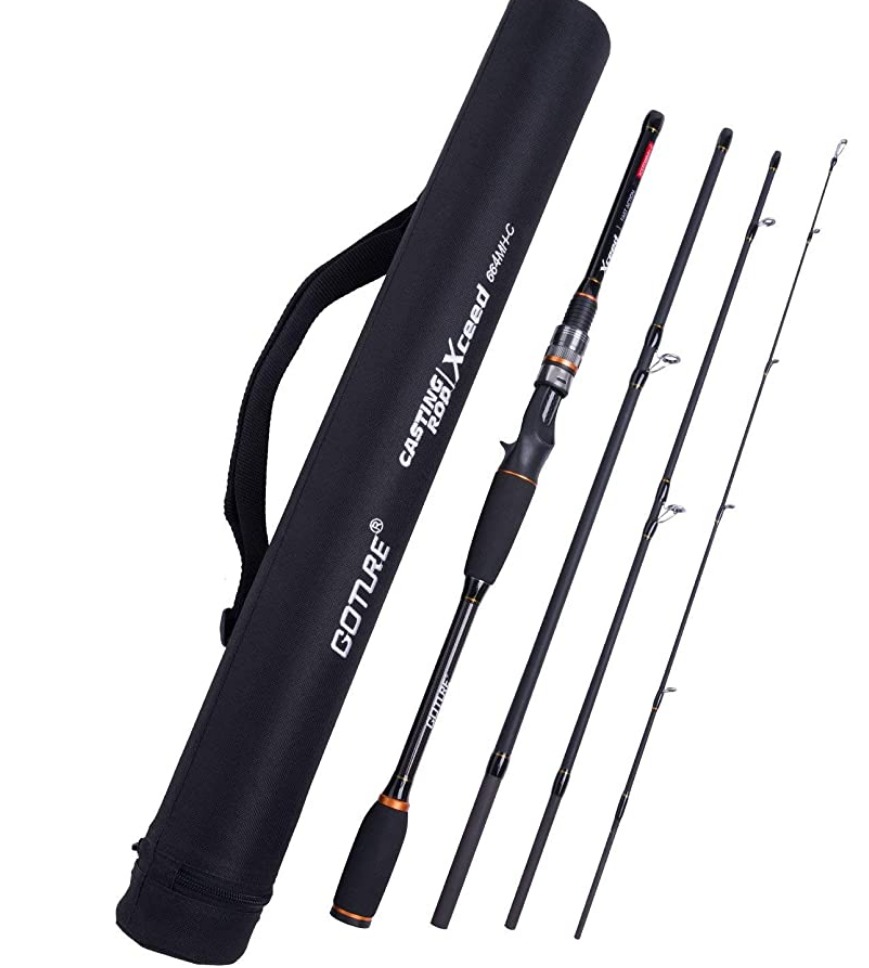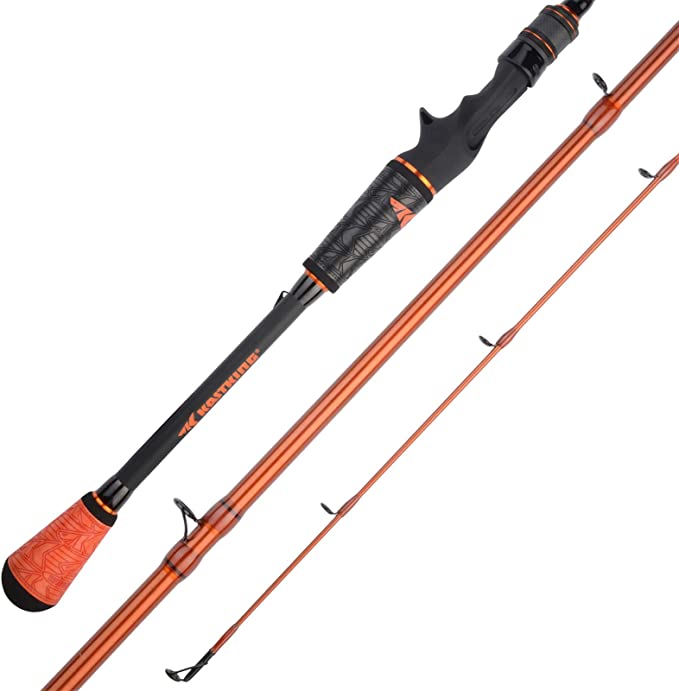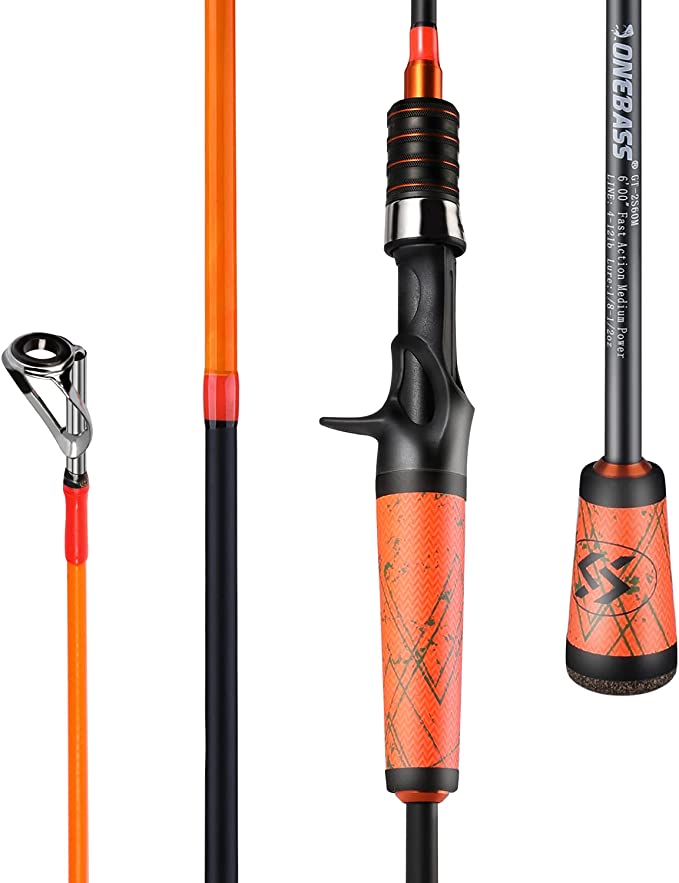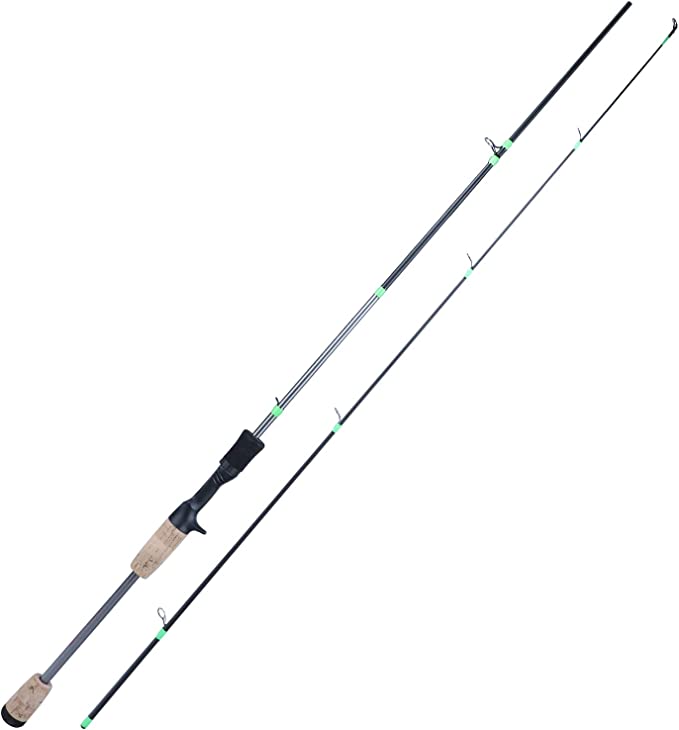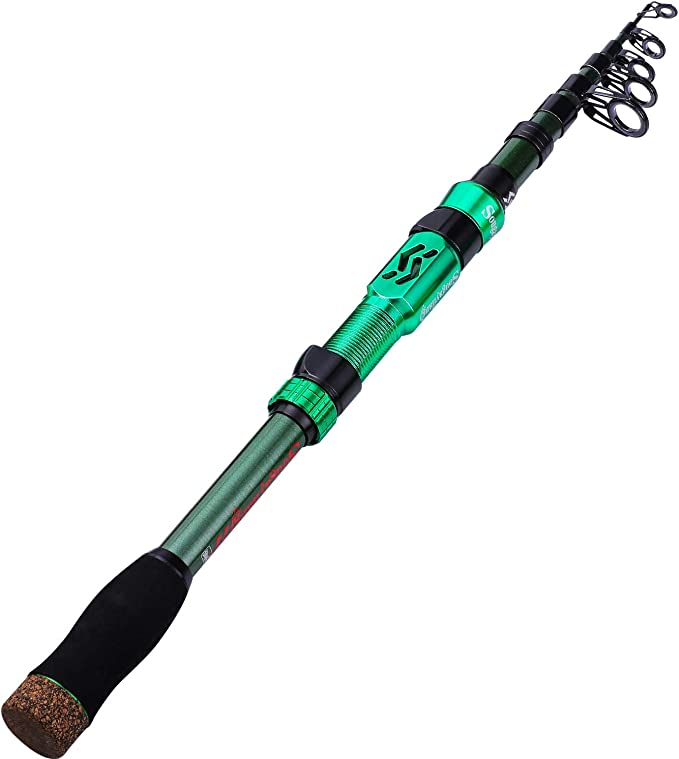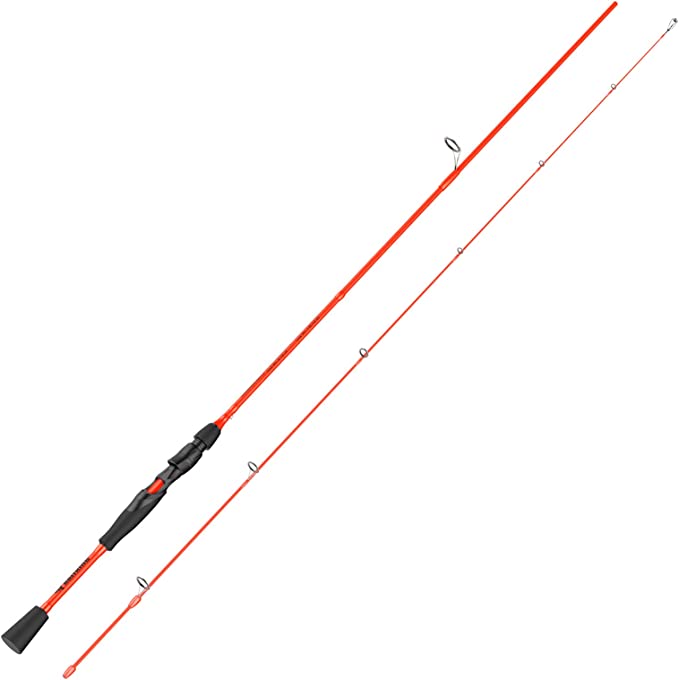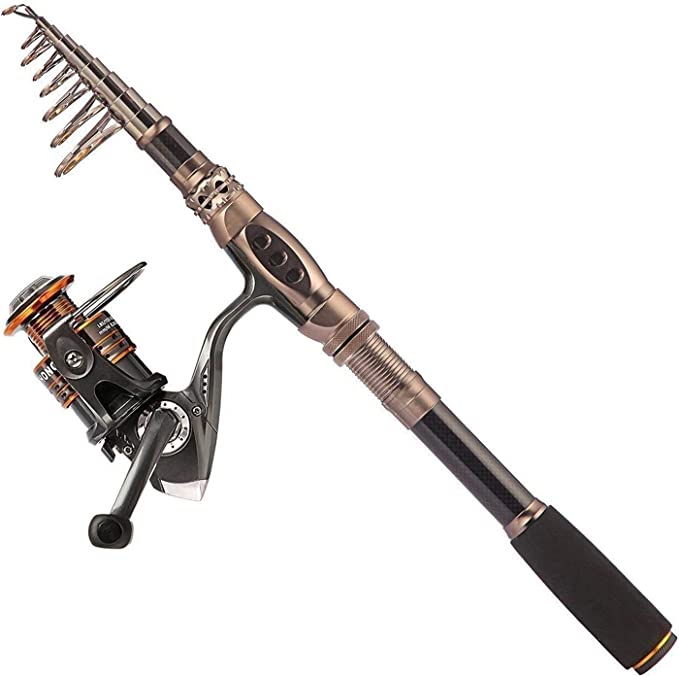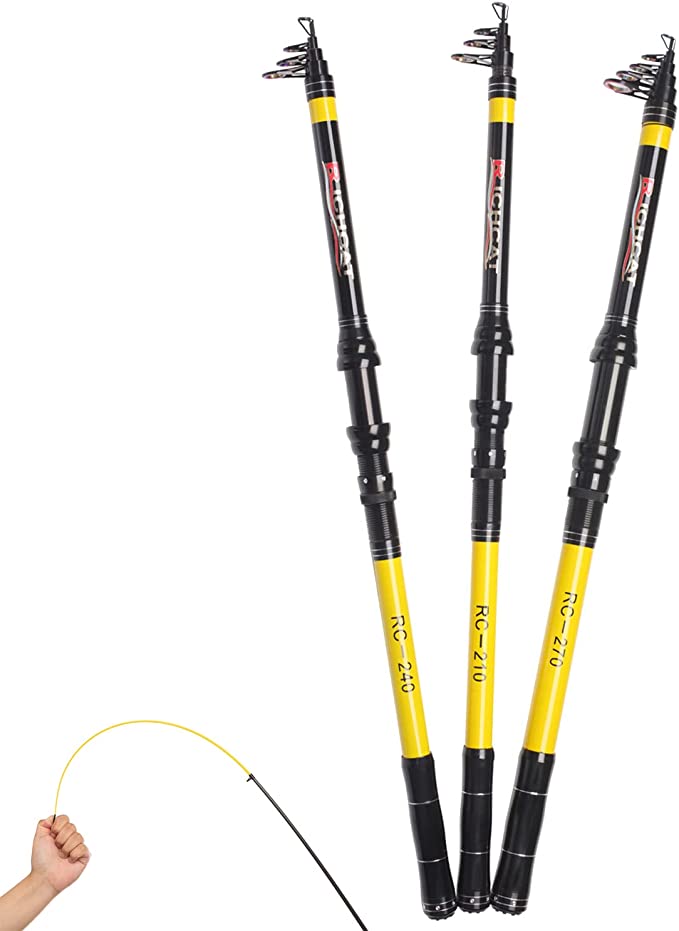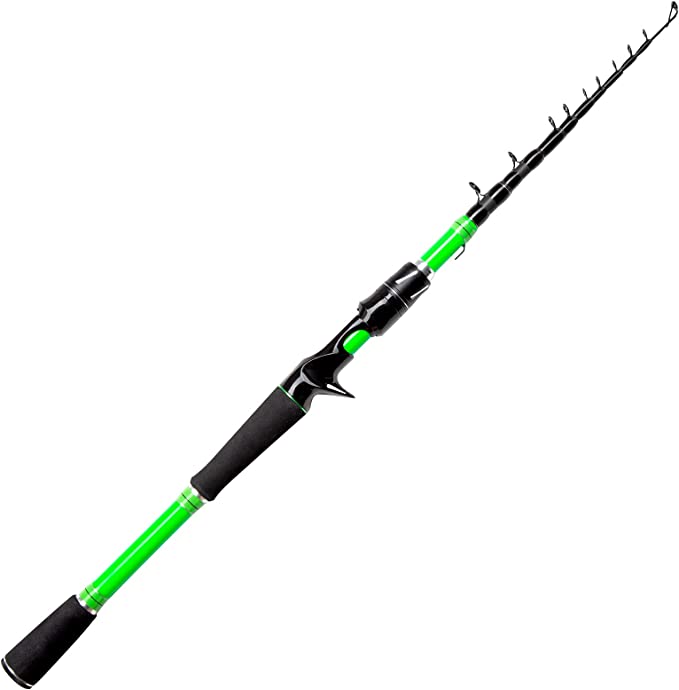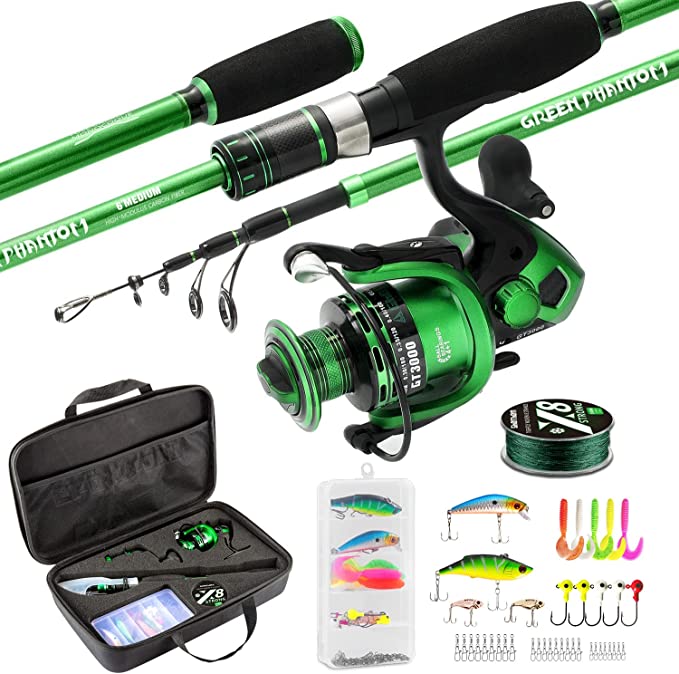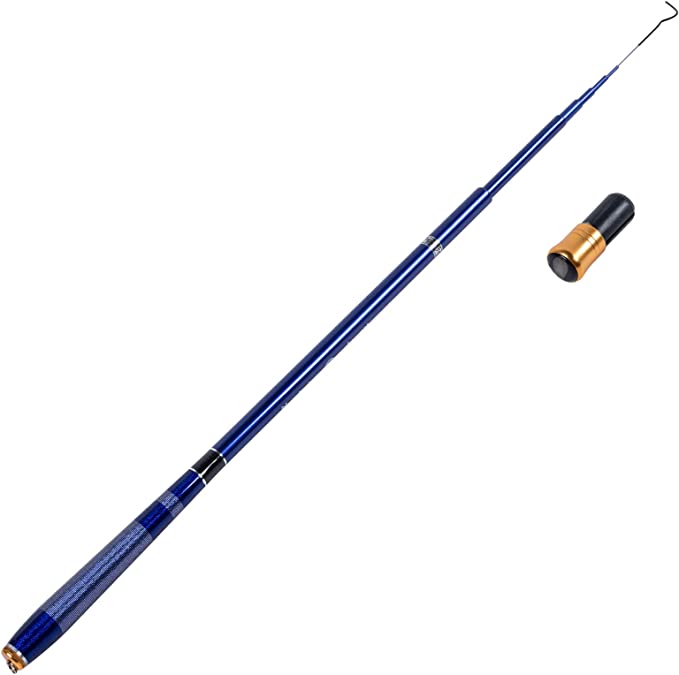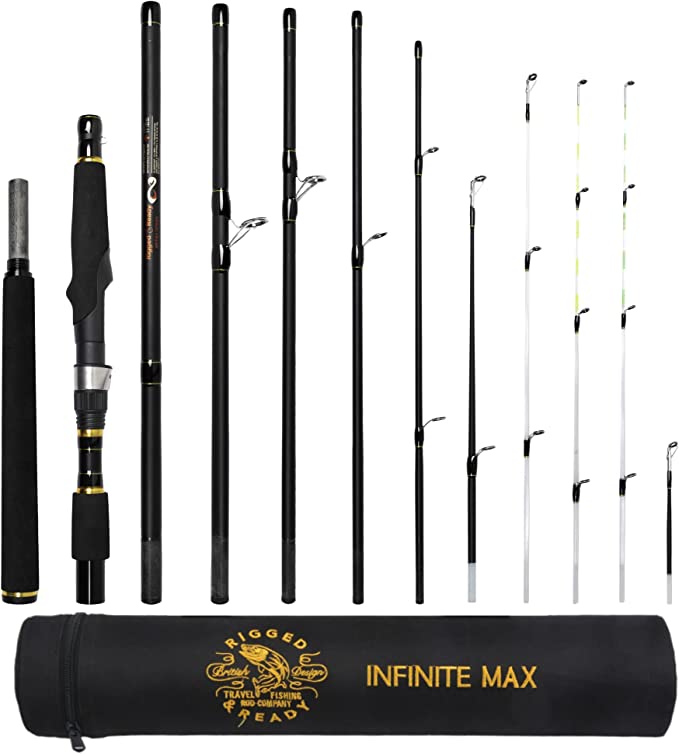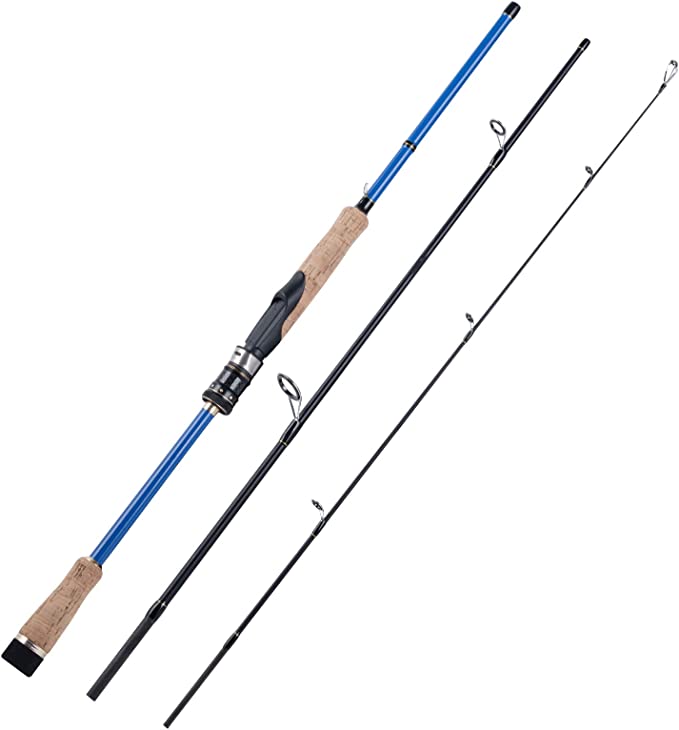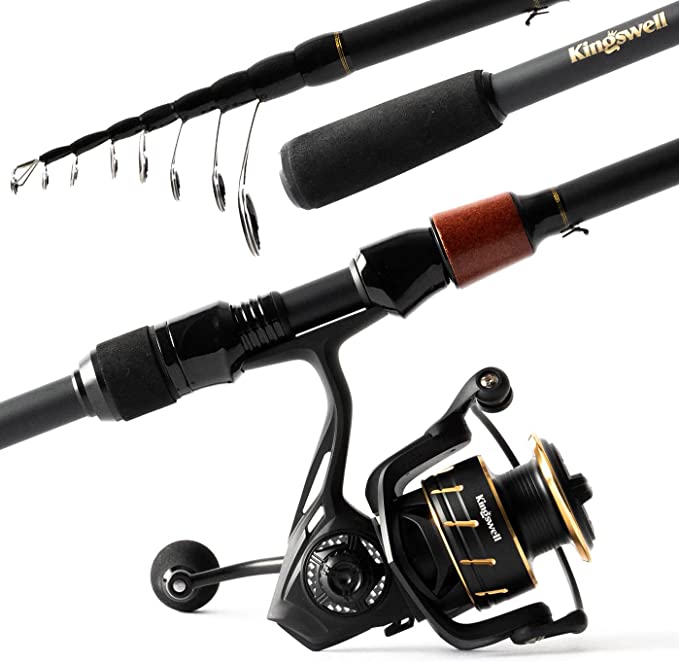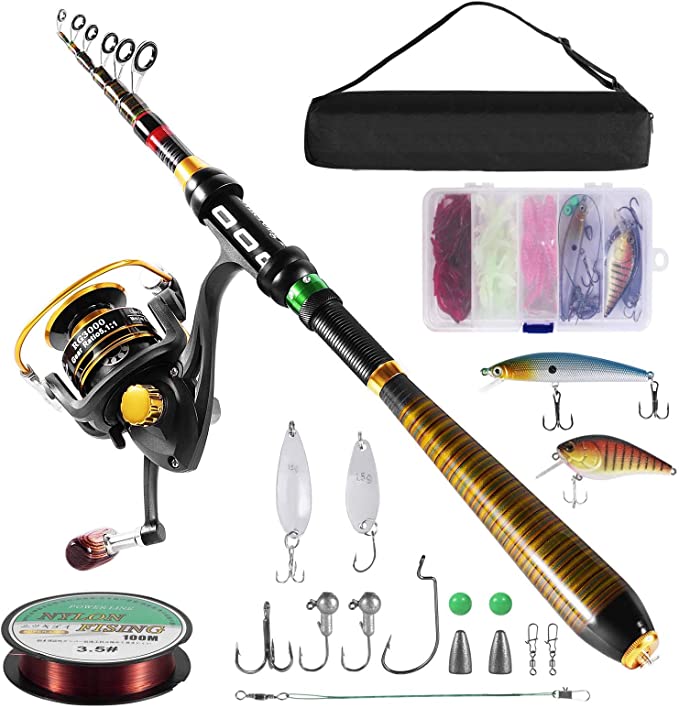From Space Race to Riverbed: The Hidden Science in Your Trout Fishing Rod
Update on Aug. 1, 2025, 2:16 p.m.
A faint mist hovers over the water, clinging to the cool pre-dawn air. You stand at the edge of a creek, the world holding its breath. In your hand is not just a tool, but a finely tuned instrument. You cast, the line unfurling in a silent, perfect loop. As the lure drifts through the current, you feel everything: the gentle scrape over a submerged stone, the soft brush of a weed, and then… a subtle, electric tap. It’s a touch so faint it feels imagined, a ghost bite. But you felt it. What is the invisible thread connecting your nerve endings to the unseen life darting in the cold, clear water? It’s not magic. It’s a legacy of the space race, hidden in plain sight within the carbon fiber shaft of your fishing rod.
Let’s use the Sougayilang Ultra-Sensitive Trout Rod not as a product to be reviewed, but as a fascinating subject to dissect, revealing the remarkable science that elevates a simple stick into a sensory extension of the angler.
The Ghost in the Machine: A Tale of Carbon Fiber
Before a carbon fiber rod ever graced a riverbank, its ancestors were destined for the stars. During the height of the Cold War, the aerospace industry was locked in a desperate search for materials that were impossibly strong yet lighter than aluminum. The answer came from a process akin to industrial alchemy: baking synthetic fibers like polyacrylonitrile (PAN) at extreme temperatures in an oxygen-starved environment. This process, known as pyrolysis, burns away everything but the pure carbon atoms, which link up to form long, crystalline chains of incredible strength. Pioneers in this field, like Japan’s Toray Industries, perfected this technology, enabling the construction of revolutionary aircraft and spacecraft.
Decades later, this once-exotic material trickled down from aerospace to high-performance sports. When a rod is described with “24-ton carbon,” it’s using industry jargon that speaks directly to this heritage. The “ton” rating has nothing to do with weight; it refers to the material’s Modulus of Elasticity—a measure of its stiffness. Imagine a single guitar string pulled taut. Pluck it, and it vibrates sharply and clearly. Now imagine a loose rubber band; its response is dull and muted. The 24-ton carbon fiber is that taut guitar string. Its high stiffness allows it to transmit the high-frequency vibrations of a subtle bite with stunning fidelity, while a less advanced material would absorb and muddle the signal like the rubber band.
This is the physics of a whisper. The rod blank acts as a wave guide. The crisp tap of a trout nipping a lure’s tail is a high-frequency event. The rod’s high modulus is tuned to this frequency range, allowing the signal to travel up the blank to your hand as a distinct, recognizable tick. The lower-frequency “noise” of the lure dragging through water is felt, but it doesn’t overpower the critical bite signal. You aren’t just holding a rod; you’re holding a precisely engineered sensory filter.
The Angler’s Touchpoints: A Symphony of Supporting Materials
A sensitive blank is useless if its message is muffled before it reaches you. The other components of the rod are a carefully selected supporting cast, each playing a crucial role in the symphony of sensation.
The grip is your primary interface, and the choice of high-density EVA (Ethylene Vinyl Acetate) foam is a deliberate one. This closed-cell copolymer is lightweight and waterproof, but more importantly, it has specific vibration-dampening characteristics. While a traditional cork grip might transmit slightly more raw vibration, it can also transmit unwanted harshness, leading to fatigue. EVA offers a masterful compromise: it provides a comfortable, secure hold while filtering out jarring shocks, allowing the essential bite information from the blank to come through clearly without overwhelming your senses.
Beneath the grip, the reel seat, often made of a high-strength nylon composite, serves as the unsung hero. Its job is to provide a rock-solid, lightweight foundation for the reel without interfering with the blank’s primary role. It’s designed to be acoustically neutral, ensuring that vibrations from the line travel directly into the carbon blank and are not absorbed or distorted by a loose or resonant reel connection.
The line’s journey from reel to water is managed by the guides, and their Aluminum Oxide inserts are miniature marvels of material science. On the Mohs Hardness Scale, where diamond scores a 10, aluminum oxide comes in at a remarkable 9. This extreme hardness creates an incredibly smooth, low-friction surface. As the line shoots through the guides during a cast, friction is minimized, allowing for greater distance and accuracy. During a fight, this same smoothness drastically reduces heat buildup, protecting your line from thermal damage that could lead to a sudden, heartbreaking snap.
The Art of Compromise: Reading Between the Design Lines
No piece of high-performance gear is without its compromises. The genius of good design lies in making the right trade-offs for a specific purpose, and understanding them reveals a deeper layer of the rod’s character.
Take its two-piece construction. For the North American angler who might drive hundreds of miles to a famed river or hike into a remote mountain lake, portability is paramount. A one-piece rod offers theoretically perfect, uninterrupted vibration flow, but the practical gain of being able to store the rod in a car or backpack is immeasurable. The tiny, almost imperceptible sacrifice in sensitivity at the ferrule (the joint) is a worthy trade for the freedom to explore.
This philosophy of purpose-driven compromise also explains a common piece of user feedback: the “small eyelets.” On an Ultra Light rod like this, smaller, lighter guides are not a cost-cutting measure; they are a performance feature. Lighter guides mean less weight at the tip of the rod. This reduces tip inertia, allowing the rod to recover faster after a cast for better accuracy, and it prevents the delicate sensitivity of the lightweight blank from being dampened by heavy components. It is a classic engineering trade-off: sacrificing the convenience of easily threading thick lines for the specialized, high-sensitivity performance the rod was built for.
Conclusion: The Sentient Tool
When you assemble these pieces, you see that the Sougayilang Trout Rod is not a monolithic object. It is a system. A blank born of aerospace science, an ergonomic interface designed for human comfort, and a series of ceramic pathways engineered to defy friction all work in concert.
To understand this is to change your relationship with your gear. It ceases to be a passive tool and becomes a sentient extension of your will and senses. The science embedded within it doesn’t distance you from nature; it draws you closer, translating the secret, underwater language of the creek into a crisp, clear message you can finally feel in the palm of your hand. The next time you feel that ghostly tap, you’ll know it’s not magic, but the triumphant echo of human ingenuity reaching across the water.
